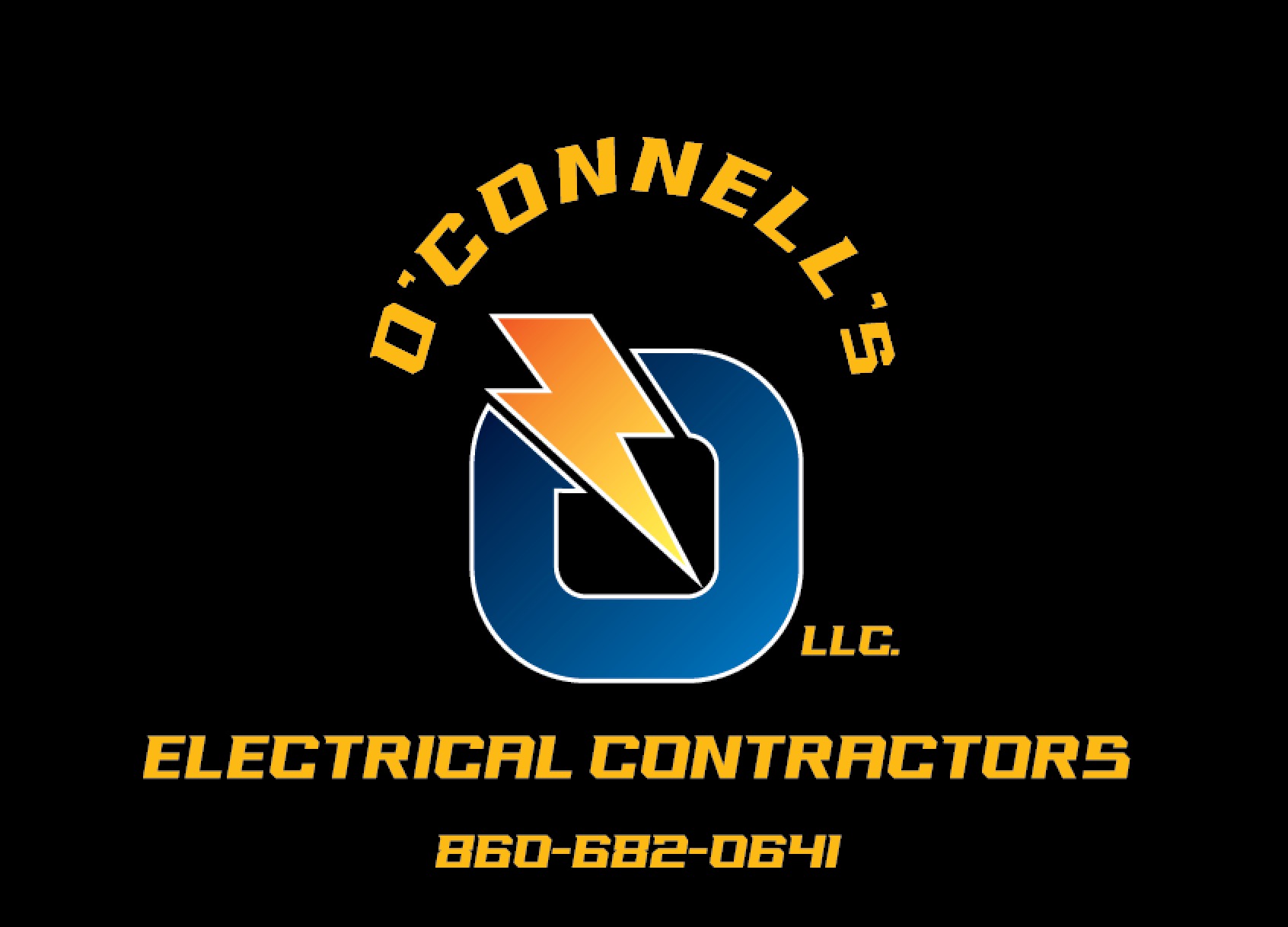
A Homeowner's Guide to Understanding Circuit Breakers and Panels Sep 16, 2025
Let's begin by delving into what a circuit breaker does. Essentially, a circuit breaker is an automatic electrical switch designed to protect an electrical circuit from damage caused by excess current. It "breaks" the flow of electricity to prevent overheating and the potential for electrical fires. This safety device is crucial in any modern home to manage and mitigate electrical risks effectively.
Circuit breakers are housed within the electrical panel, also known as the breaker box, which acts as the central hub of a home's electrical system. The panel distributes electricity to different circuits throughout the home, such as lighting, outlets, and appliance circuits. You'll usually find your main electrical panel in a garage, basement, or a utility area of your home.
Given that electrical panels serve as the command center, maintaining them can increase safety and efficiency. It's vital to ensure that your panel is not overloaded, as this is a common cause of breaker tripping. Overloading happens when a circuit draws more current than it is supposed to. This could be due to plugging too many high-energy appliances into a single socket.
If you experience frequent breaker trips, it may be time to call a professional electrician for an evaluation. They can determine if your panel is handling the current load correctly or if there's a need for panel upgrades or rewiring. Upgrading an outdated panel can significantly reduce the risk of electrical fires and power surges, ensuring your home's system remains up to code and operates safely.
Another important aspect of understanding your circuit breaker and panel is knowing how to reset tripped breakers safely. If your breaker trips, first turn off or unplug devices connected to the circuit. Then, open your breaker panel and locate the switch that is out of alignment - this is typically slightly off or in the middle position. Push it firmly to the "off" position and then back to "on" to reset it.
However, if the breaker trips again immediately, do not continue resetting it. This indicates a persistent issue that requires professional inspection. It's always safer to call an expert from O'Connell's Electrical Contractors to evaluate and fix the underlying problem. Attempting DIY repairs without proper knowledge can be risky and lead to further damage or safety hazards.
In conclusion, while understanding the details of circuit breakers and panels might seem technical, having basic knowledge equips you to maintain a safer home environment. Regular maintenance and inspections, along with knowing the limits of your electrical system, play a crucial role in preventing electrical issues. If uncertainty arises, consulting with a professional electrician ensures the longevity and safety of your electrical system. At O'Connell's Electrical Contractors, we are ready to assist you with any electrical concerns, providing expert advice and solutions tailored to your needs.
/filters:no_upscale()/media/f57e21e1-670a-4997-b33c-aa1abdbdf88c.jpg)